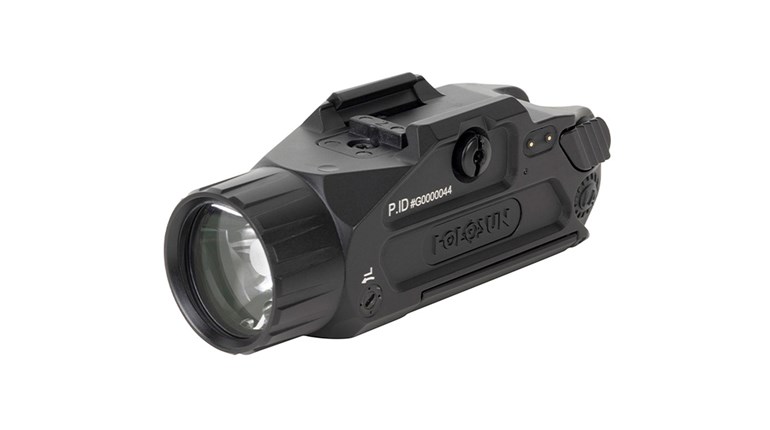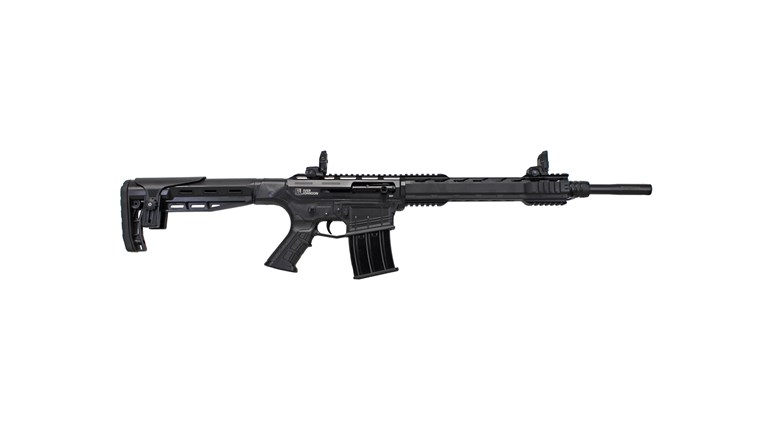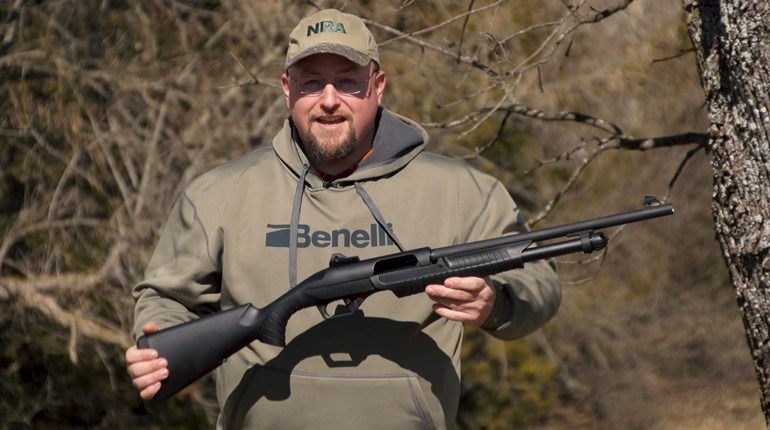
I'm more of a history buff than a visionary and as a result, I'm not always on top of the latest trends. However, I try to pay close attention to the firearm industry, and lately I've noticed a definite uptick in long-range shooting interest. While this may appear to be a new fascination, in truth, the hobby, profession and obsession of pushing accurate projectiles toward the far horizon predates us all by several generations.
Back when it was more common to hear local shooting matches than police sirens, the skills needed to hit small targets lying "out yonder a piece" were commonly possessed. Several factors contribute to American shooters' wandering from this facet of our armed heritage. For one thing, the nation's gradual urbanization over the past 150 years has reduced the need to rely on shooting skills for subsistence. We're also long past the days when stepping a few yards into the woods beyond home was a life-or-death prospect. Nearly four decades of all-volunteer military service has thinned out the distribution of soldier skills among the general population. Finally, anti-freedom advocates have devoted themselves to ensuring young Americans don't grow up feeling comfortable with rifle stocks firmly seated against their shoulders.
In spite of these factors, several significant material advances and a renewed interest from the military sniping community have led to a flood of products and pursuits designed to help increase our long-range connections.
Early U.S. military experiences in Afghanistan exposed weaknesses in extended-range, man-portable sniper systems. Near the end of my Army career, I became heavily involved with efforts to extend engagement ranges. The program I inherited initially had me stumped. I found able assistance from champion competitor/instructor Bennie Cooley and Black Hills Ammunition's President and part-owner Jeff Hoffman. In those days, Cooley was the only experienced .338 Lapua Mag. shooter I knew, and Hoffman was the only U.S. source for factory loads and technical information on the cartridge. Both were tremendously helpful in the fledgling effort to reach distances we never thought possible with truly manageable rifles (in comparison to cumbersome .50 BMG systems). While this effort highlighted how ill-prepared I was for extreme long-range shooting, through trial and error I eventually discovered the joys of consistently hitting small targets beyond the 1-mile mark. Today, the U.S. Army is working to extend the range of its current bolt-action sniper rifles while USSOCOM is evaluating .338 Lapua Mag. platforms for its own Precision Sniper Rifle (PSR) program.
Long-range shooting requires a solid application of the basics coupled with advanced skills exceeding those used for normal 100-yard paper punching. Getting off the bench and back into the prone position is important, though vegetation and terrain in the field mandate mastering other practical positions. Whether relying on laser rangefinders or using mil-based reticles to determine distance, accurate ranging is critical. Range "guestimation" simply won't work in this game. Any other small flaws in shooting technique will be magnified exponentially as ranges increase beyond conventional, practical distances for your gun and cartridge. Assuming your skills are up to par, your equipment may not perform exactly as expected. Shooting steady .5-MOA groups at 300 yards does not necessarily correlate with the same accuracy at 900 yards—due to the magnification of effects on projectile flight from atmospheric conditions, the wrong bullet or barrel twist and physics in general. All conspire to make the extended-range learning curve appear to be straight up.
While these factors may seem discouraging, the good news is technology is here to help gain back lost ground. Projectiles have come a long way since the first mass-produced, cupronickel-jacketed bullets that stitched the air between World War I trench-lines. Those old designs formed the basis for our conventional ballistic knowledge, but modern engineering and manufacturing methods are pushing past many barriers that once held them back. Manufacturers like Hornady and Barnes are constantly striving to decrease the amount of aerodynamic drag on projectiles while improving the way they perform on target. Extreme powders and match primers have less velocity inconsistency than ever before, leading to smaller vertical dispersions. Bolt-action rifles have seen remarkable improvements across the board in durable bedding, stock materials and adjustable match triggers, while custom-built "black rifles" are capable of excellent accuracy. Riflescope advancements also allow us to stretch our legs significantly.
There's no reason the average rifle shooter can't join in the fun. Although premium calibers like .338 Lapua Mag. cost several dollars per round, cheaper options exist in other purpose-built cartridges that shoot very well to at least 1,000 yards. You can also extend the range of your current rifle with better optics and ammunition, or by ramping up your training regimen. Investing in a single-stage press, basic handloading equipment and the right projectiles is a good place to start.
If the eventual goal is to extend your hunting range, always work within the ethical limits of your equipment and abilities. Nailing a gong at 800 yards with your tack-driving 7 mm Rem. Mag. doesn't mean you should try to take live game at that distance. You must consider your ability to make the shot under field conditions, wildlife's tendency toward spontaneous movement and the bullet's ability to deliver lethal performance at that distance. Get to know your practical capabilities and limitations—as well as those of your complete firearm system—by honing your long-range proficiency and knowledge whenever possible. It's a skill that helped us gain our freedom and it just might come in handy again someday.






































